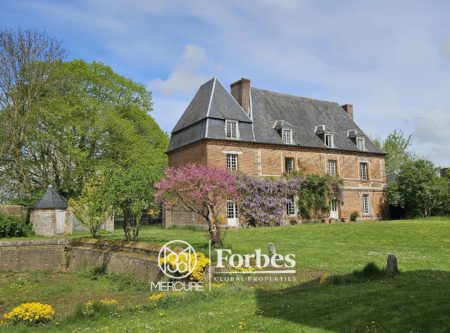
All properties : Historical monuments

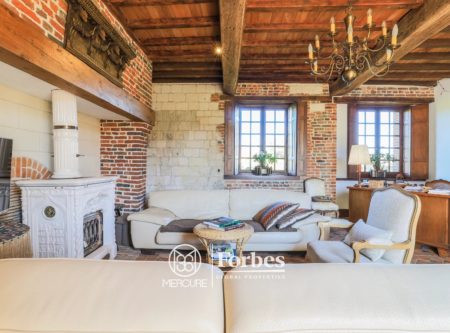
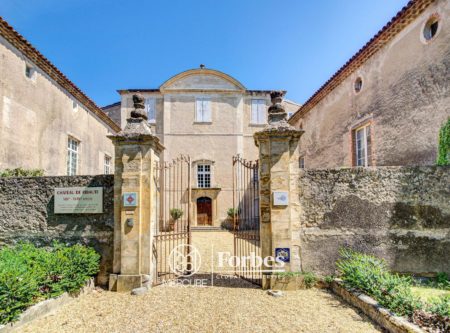
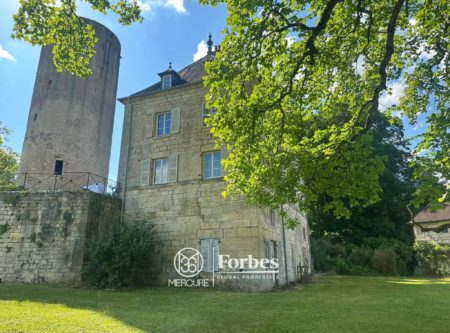
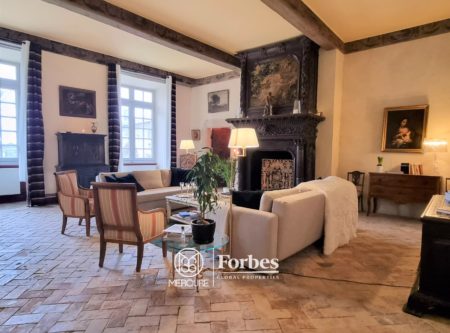
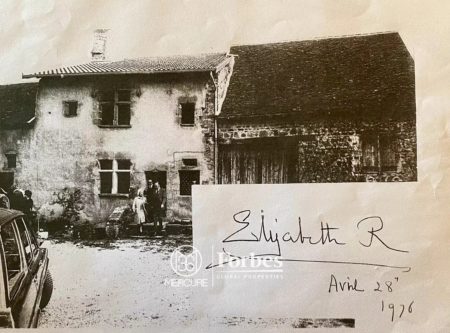
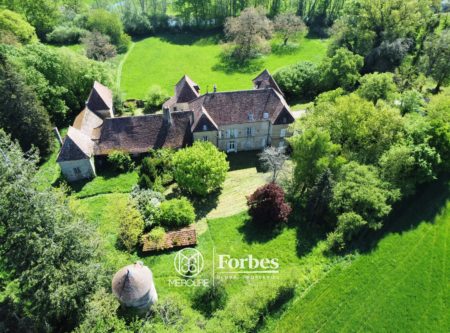

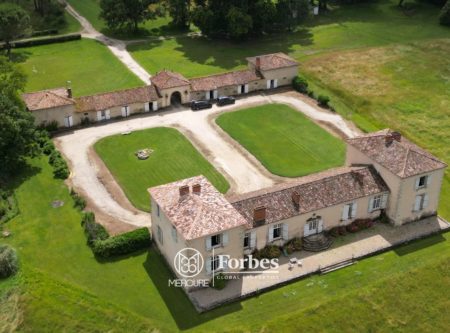
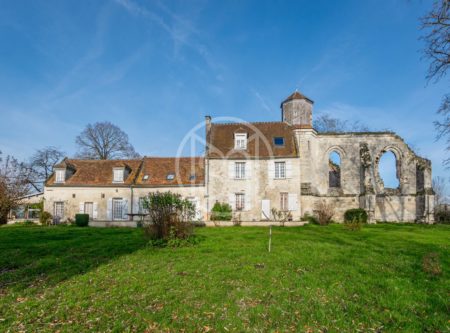
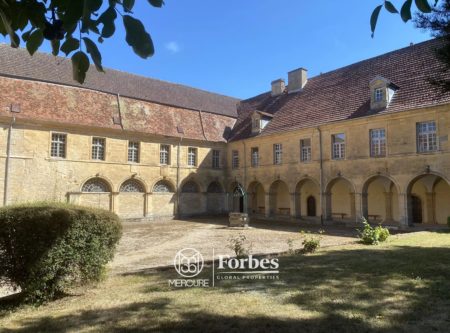
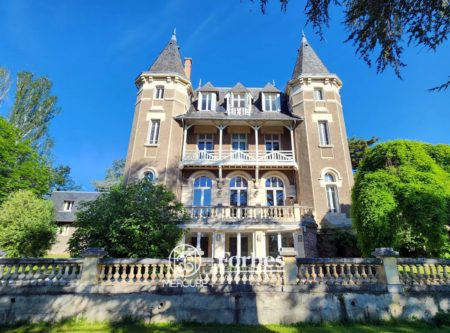
Historical monuments: properties of historical interest
Not all the properties we offer for sale or rent are classified as “Historical Monuments”. To qualify for this legal status, the buildings (gardens and buildings) must be of artistic or historical interest. In this case, they can be protected as Historical Monuments.
In France, we count approximately 45 000 historical monuments, of which nearly half belong to private owners. (INSEE 2021).
Two regimes of protection for Historical Monuments
A Historical Monument can benefit from two different types of protection: registration and classification. These two types of protection can concern the whole property or only some parts of the building.
Instructions for the registration as a Historical Monument :
In a first step, the inscription is intended for buildings which present a sufficient historical or artistic interest to make their preservation attractive. This procedure is carried out at the regional level.
To do so, a file must be sent to the DRAC (Direction Régionale des Affaires Culturelles). Then, after the opinion of the Regional Commission of Heritage and Architecture (CRPA), the registration is validated by order of the prefect of the region. To register a property as a Historical Monument, it is not necessary to ask for the owner’s agreement.
Approximately 2/3 of all protected heritage concerns buildings registered as Historical Monuments.
Instructions for classification as a Historical Monument:
Then, the classification concerns the buildings whose conservation presents a public interest on the historical or artistic level. Carried out at the national level, it is the highest level of protection.
First of all, this procedure requires the creation of a file at the DRAC. After validation of the file, it is sent to the Commission Nationale des Monuments Historiques (CNMH), which, after consultation with the Commission Régionale du Patrimoine et des Sites (CRPS), can grant the status of classified monument. The prefect of the region decides whether or not to classify your property. Then, the file is sent to the Ministry of Culture.
Concerning the buildings classified as Historical Monuments, they concern about 1/3 of the whole protected heritage. For a great majority, it is national property.
Also, this distinction can also be established according to the radiation of the patrimonial interest of the historical property. Moreover, some buildings can be both listed and classified as Historical Monuments, as is the case for the Saint-Louis Hospital in Paris.
The advantages of a protection as Historical Monument
As soon as a building becomes a Historical Monument, the Ministry of Culture and Communication is responsible for making its classification official. Whether it is classified or registered, the environment of your property is concerned by strict rules in terms of protection.
Indeed, the goal is not to alter the property as a whole or its environment. Therefore, the law ” Monuments Historiques ” of 1913 imposes to ask for the opinion of an architect of the buildings of France for any request of authorization of work. This request concerns work carried out within a perimeter of 500 m around the property.
Being the proud owner of a historical monument confers many advantages, sometimes unsuspected by some. Here are the main advantages:
- Possibility of subsidies for various projects: maintenance, repair, restoration, renovation, study of buildings etc,
- A land deficit generated which is deductible from the global income of the tax household,
- No ceiling, unlike the Malraux Law, the tax exemption for this type of property is not capped,
- Possibility of benefiting from tax measures, in favor of expenses related to restoration, conservation as well as interest related to possible loans for the realization of work are entirely deductible from your income,
- Use of the “Historical Monument” logo on signage and communication documents,
- Mentions and appearances of the building on official documents of the Ministry of Culture (for example during the European Heritage Day),
- Opportunity to be exempted from inheritance fees in the case of an agreement with the Ministry of Culture.
- And of course, the safeguarding and preservation of the common good.